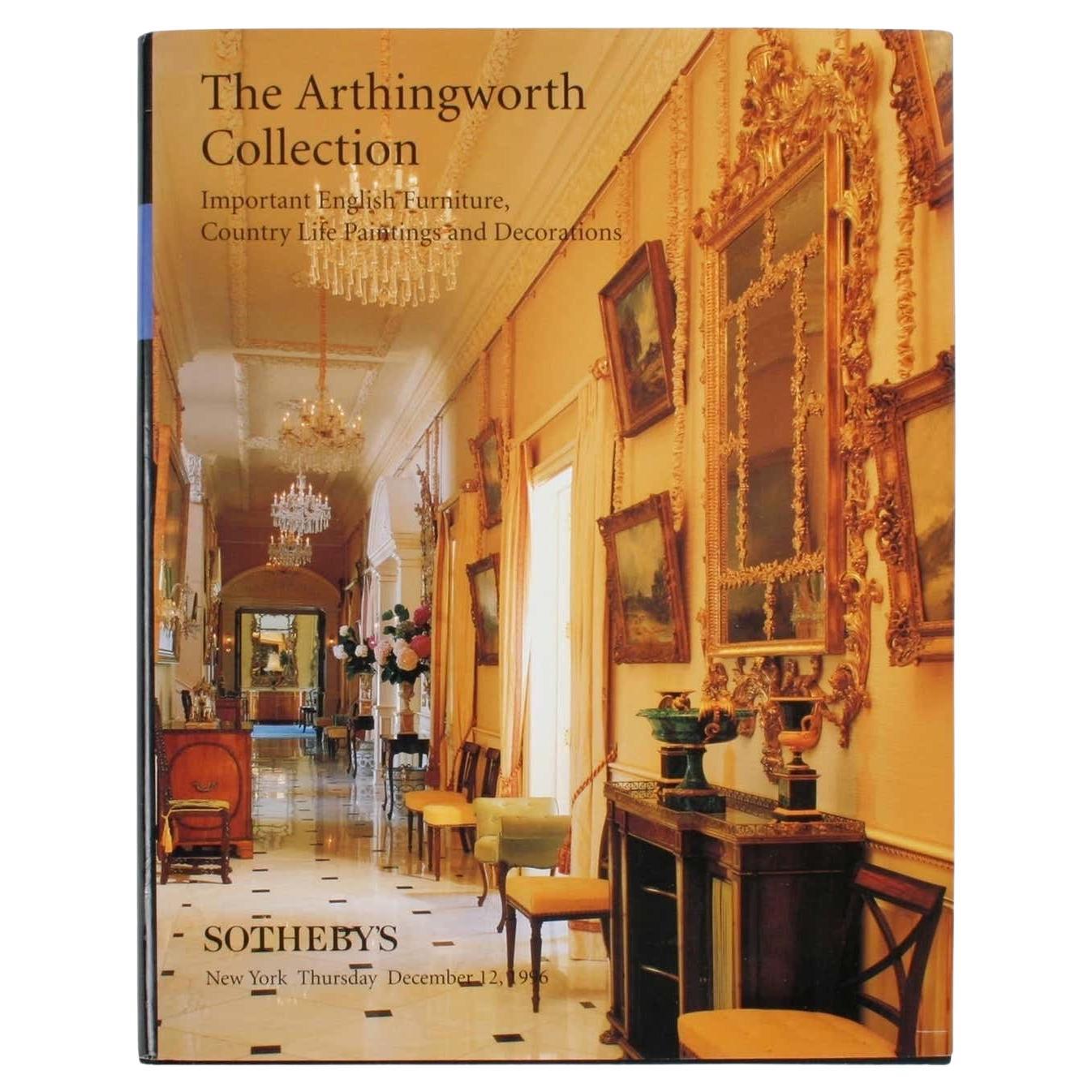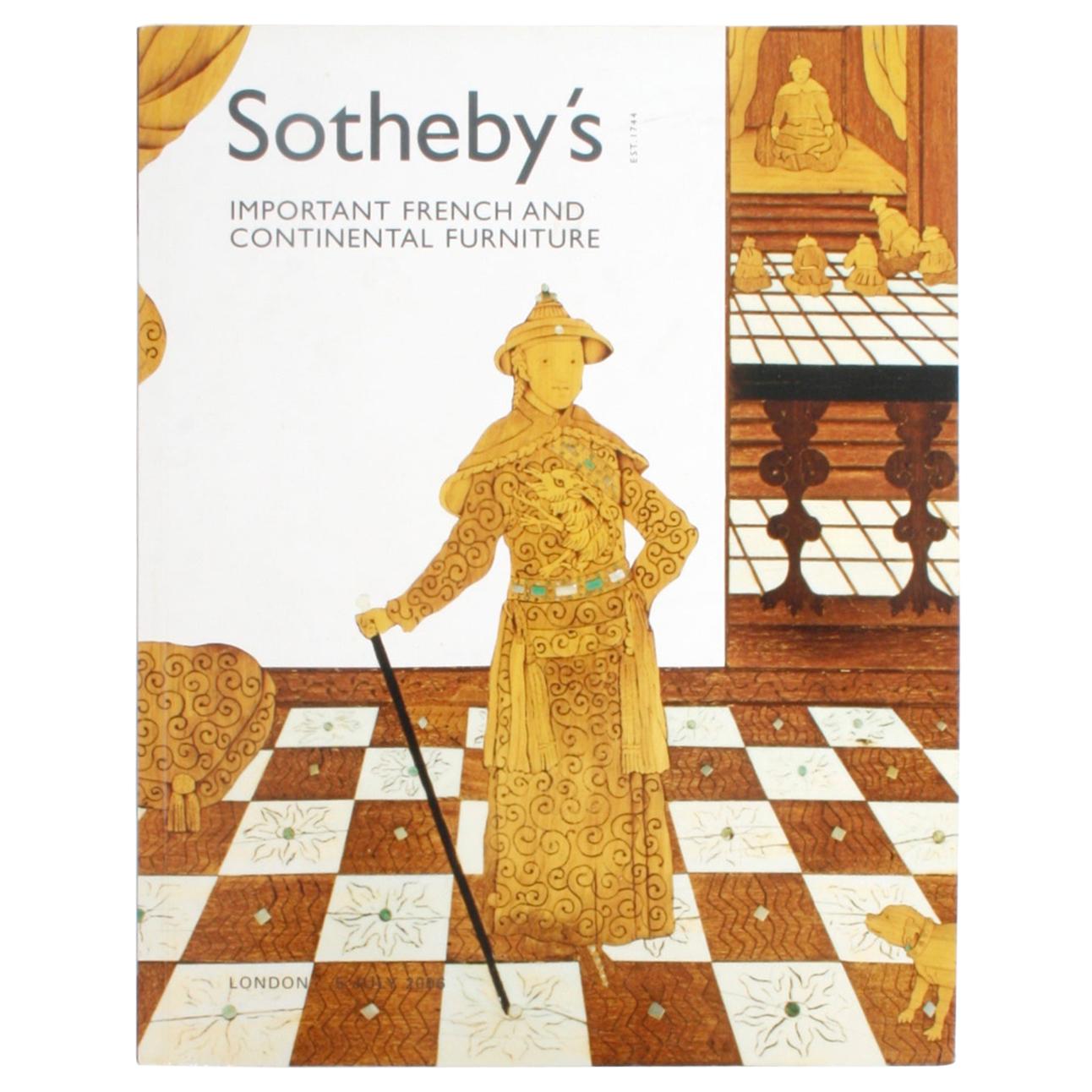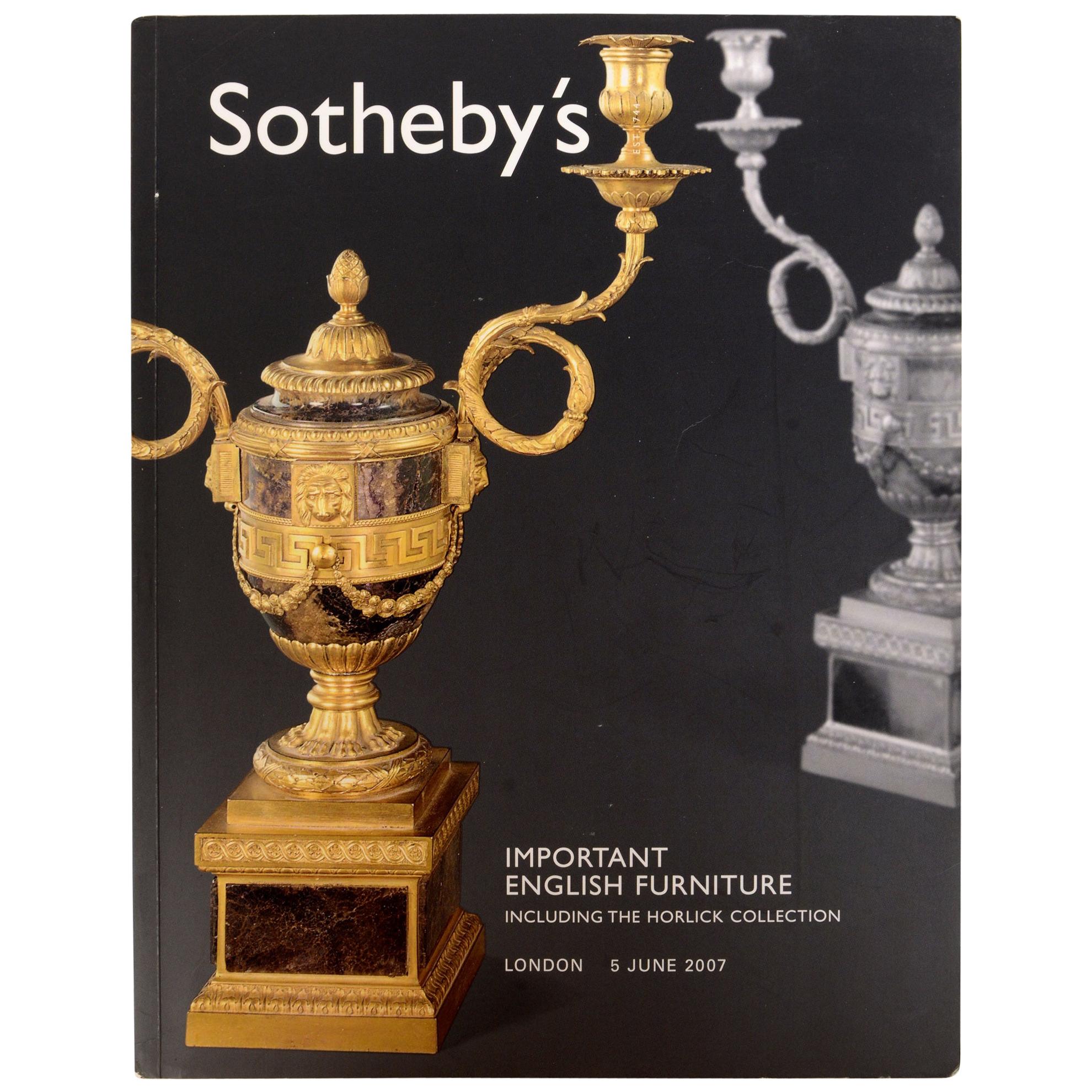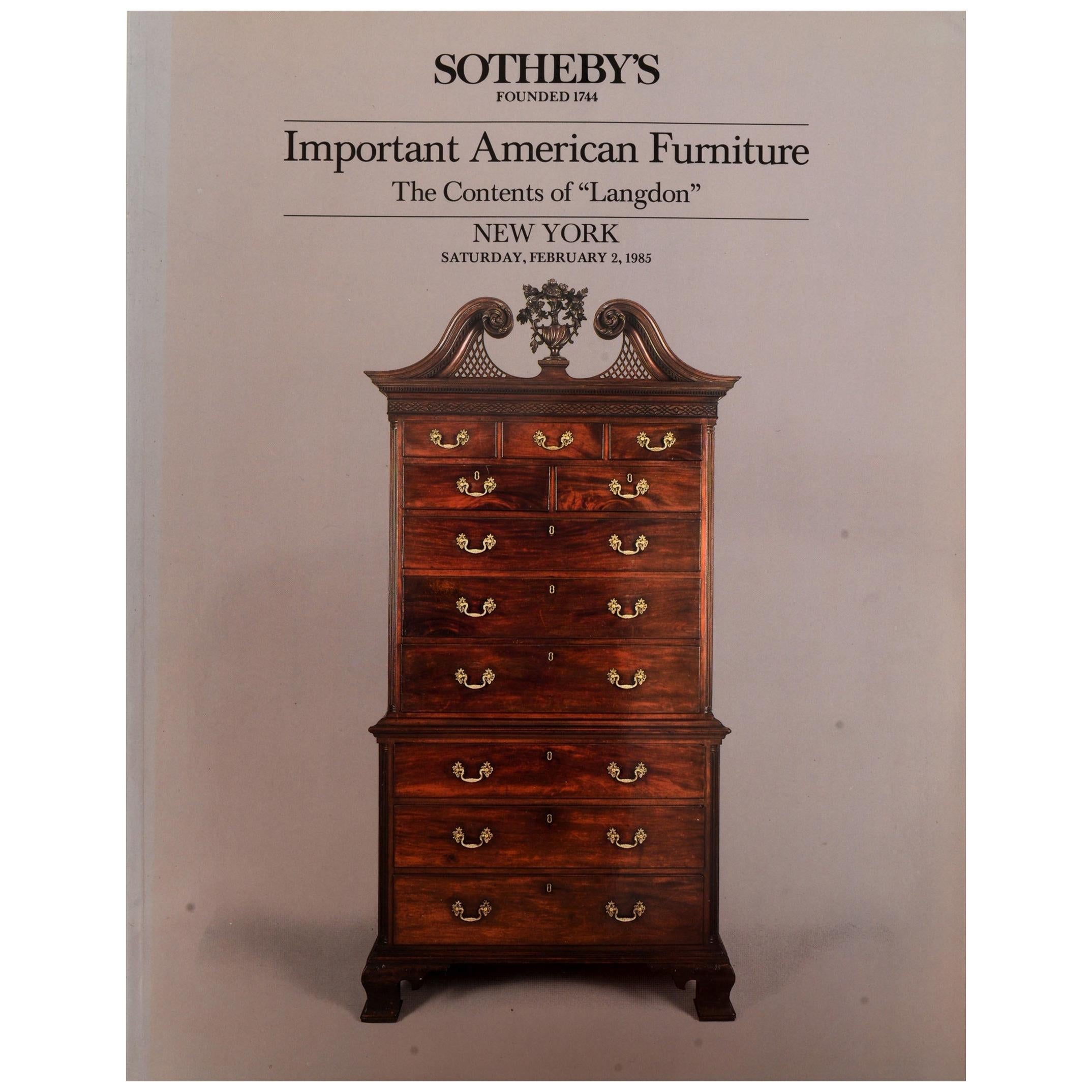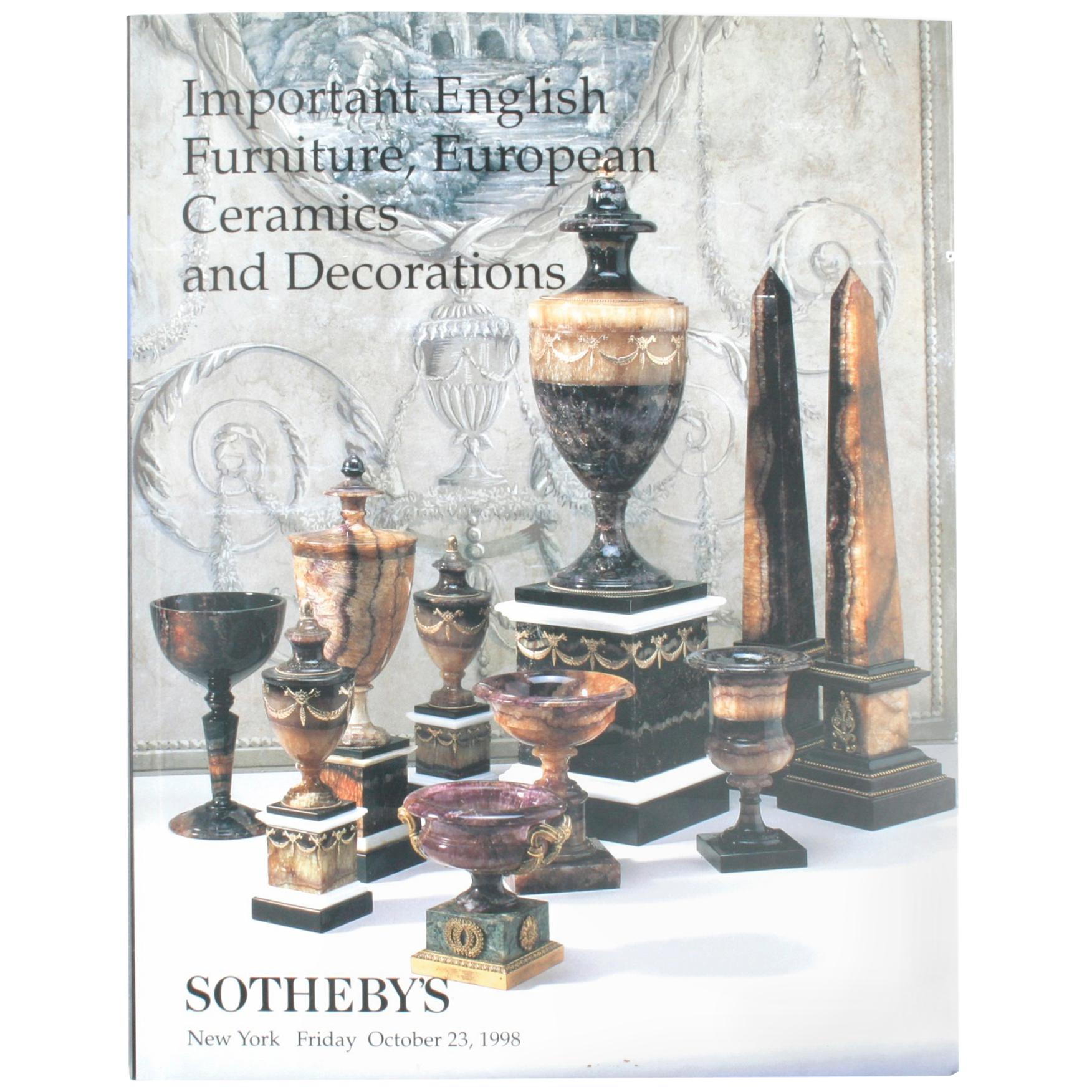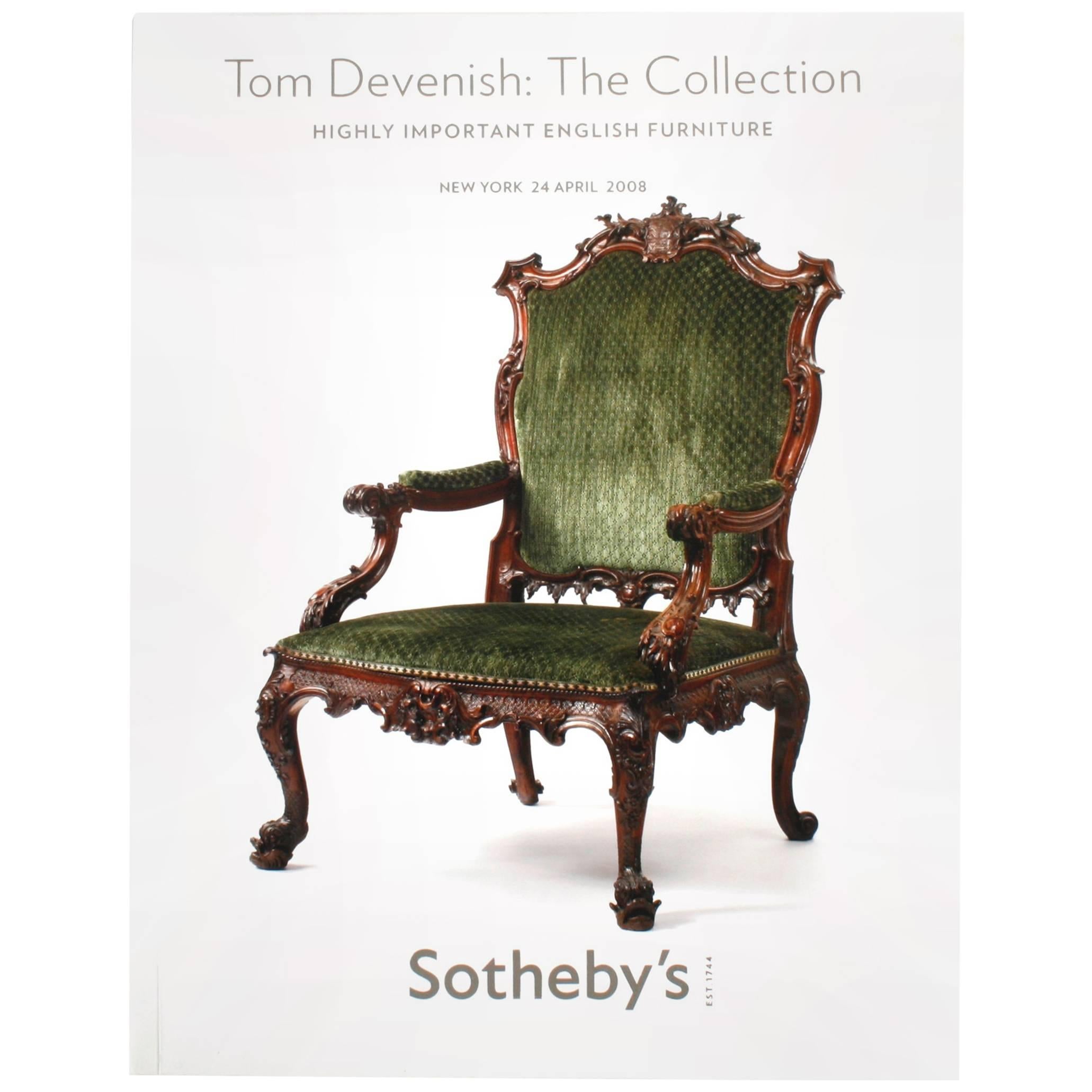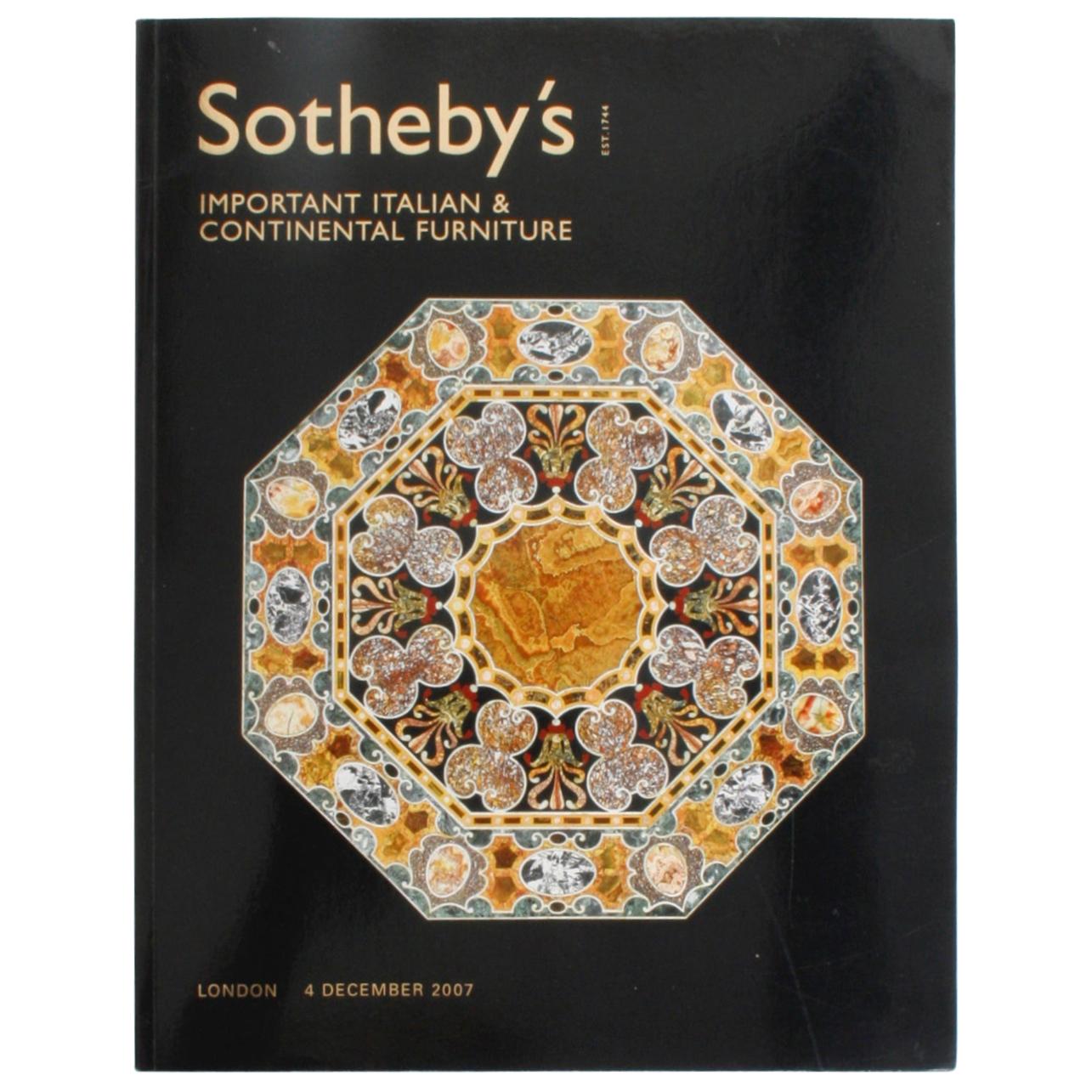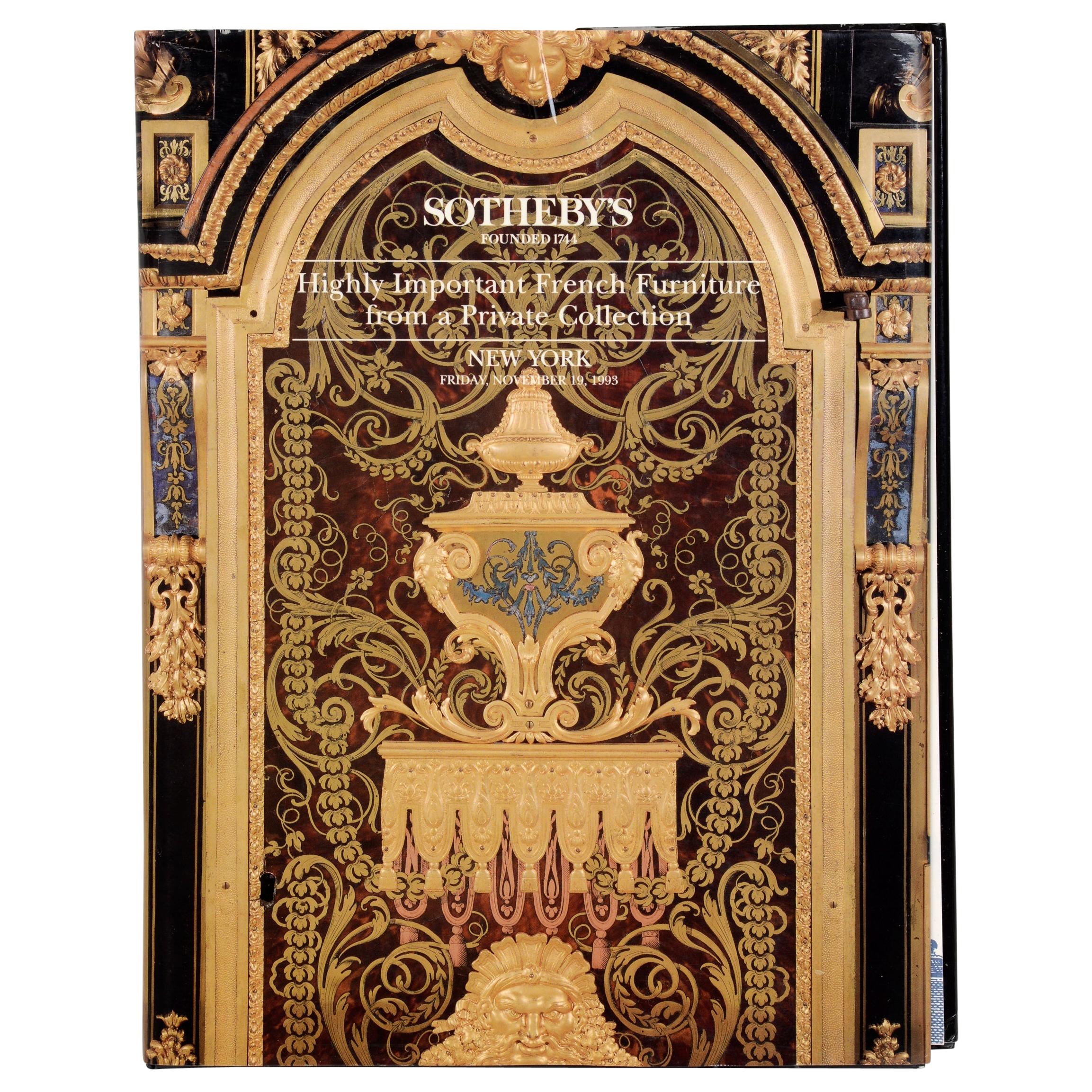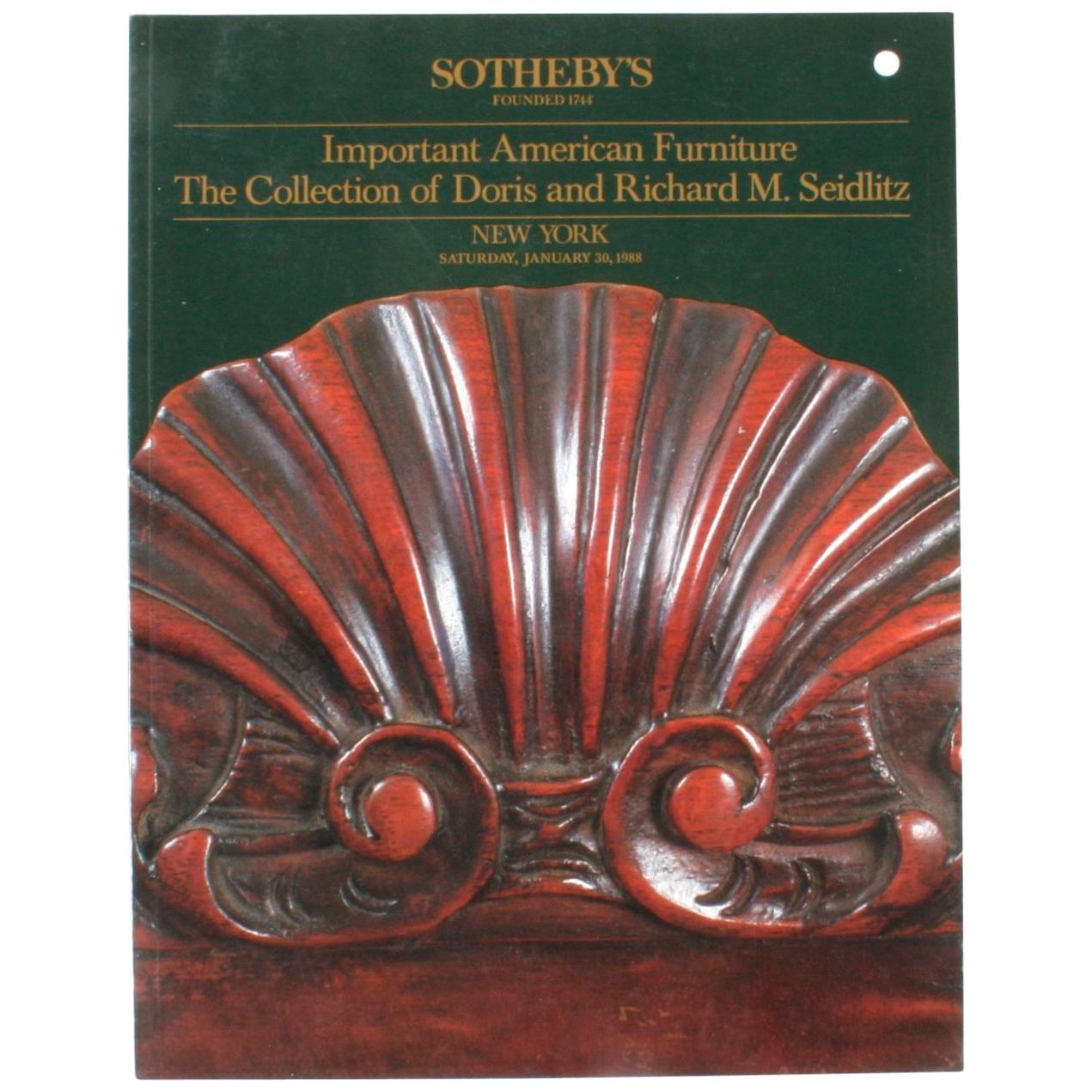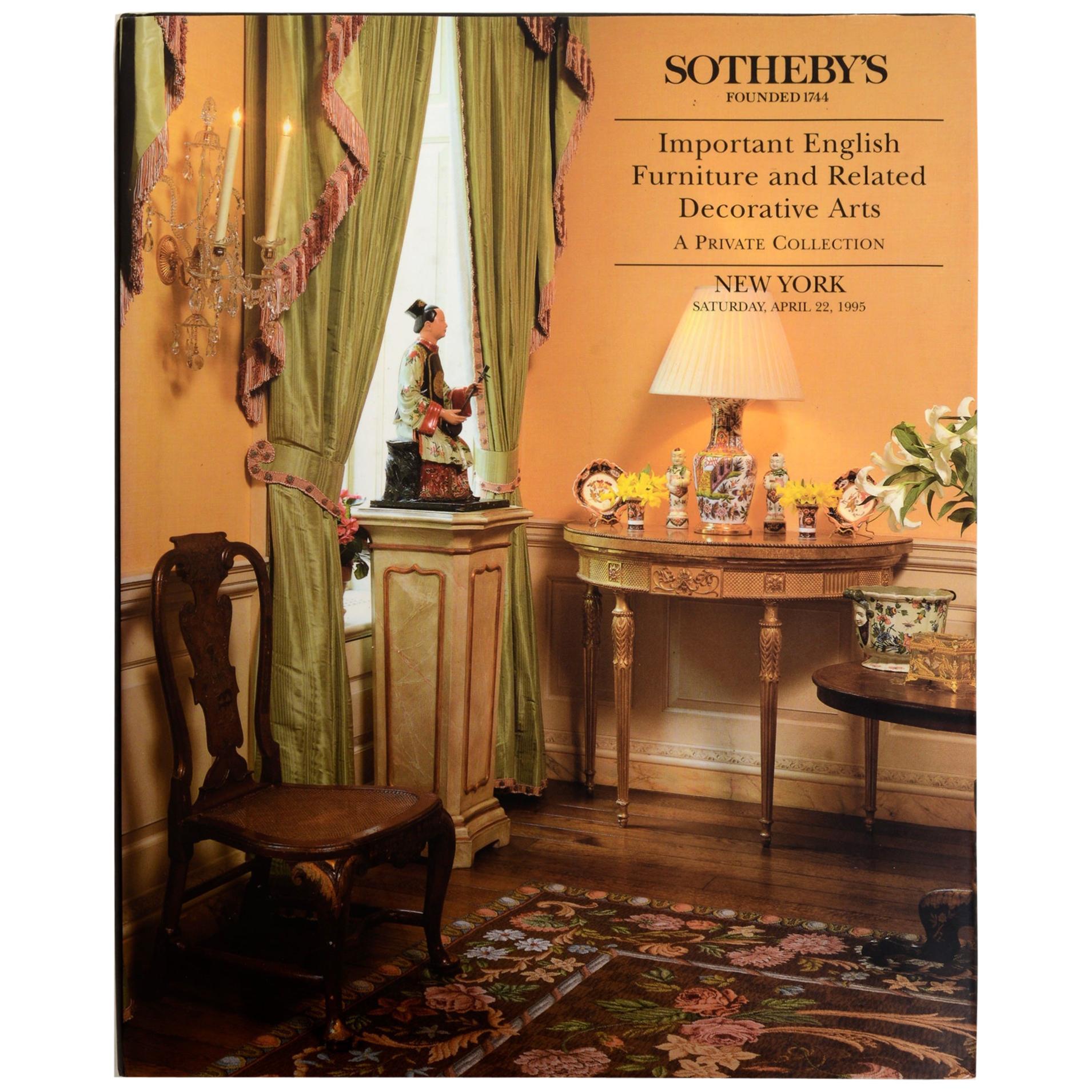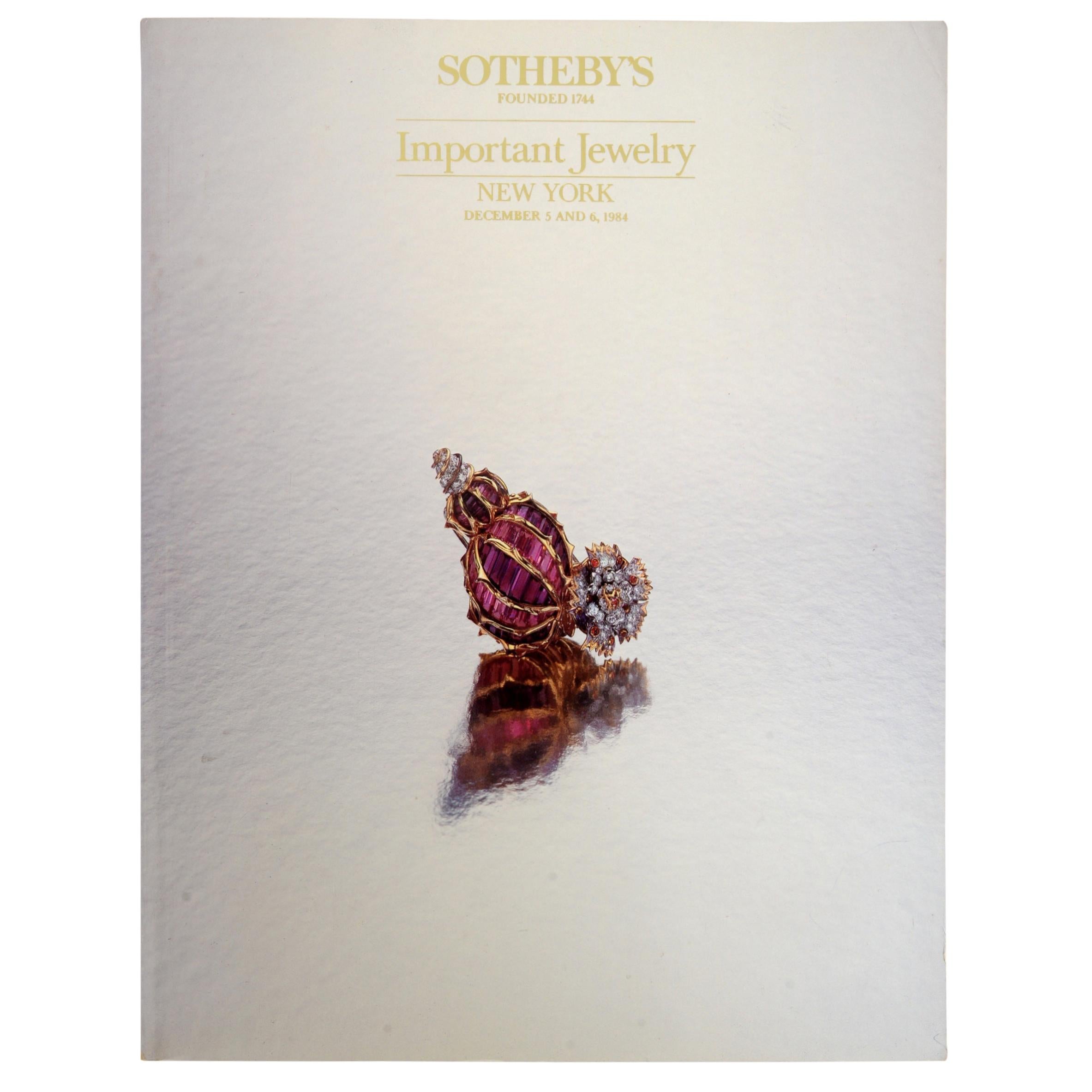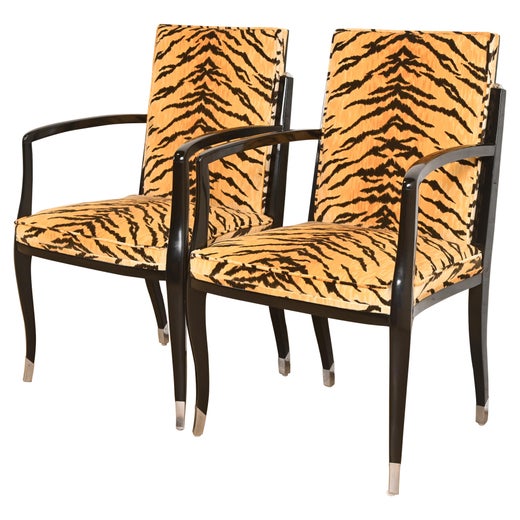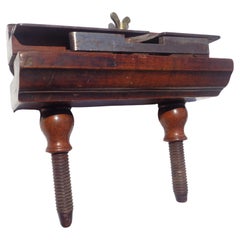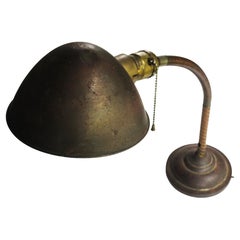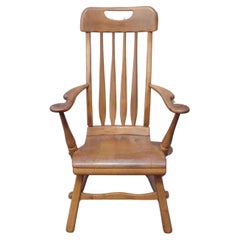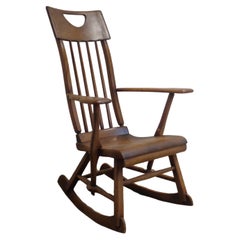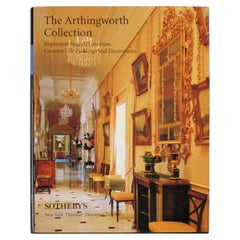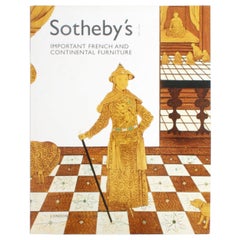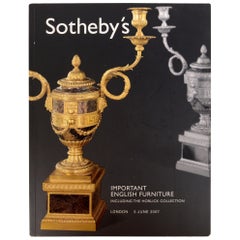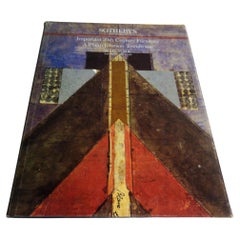
A Philip Johnson Townhouse: 1989 Sotheby's - Important 20th C. Furniture
View Similar Items
A Philip Johnson Townhouse: 1989 Sotheby's - Important 20th C. Furniture
About the Item
- Creator:Philip Johnson (Designer),Pierre-Emile Legrain (Designer),Émile-Jacques Ruhlmann (Designer),Eileen Gray (Designer)
- Dimensions:Height: 11 in (27.94 cm)Width: 8.5 in (21.59 cm)Depth: 0.5 in (1.27 cm)
- Materials and Techniques:
- Place of Origin:
- Period:1980-1989
- Date of Manufacture:1989
- Condition:Wear consistent with age and use. overall very good clean bright condition. dust jacket w/ light wear and small tear top back.
- Seller Location:Rochester, NY
- Reference Number:1stDibs: LU961137727082
Émile-Jacques Ruhlmann
Endeavoring to create exquisite work that would endure forever, designer Émile-Jacques Ruhlmann defined the grandeur of the French Art Deco movement of the 1920s. His luxurious storage cabinets, seating, other furniture and interiors garnered considerable popularity alongside the growth in post–World War I Paris’s population of newly wealthy residents.
The Paris-born Ruhlmann was the son of a decorating contractor, a business he took over in the early 1900s and expanded into furniture and interior design. But by the end of his career, he was best known for being a skilled ensemblier, a term for a designer who not only makes furniture and decorates spaces but rather personally crafts each and every piece required in the space, from doorknobs to sofas. This practice ensured that the space was harmonious and consistent with Ruhlmann’s vision, and it contributed to the lasting popularity of his designs.
Ruhlmann enjoyed the patronage of the newly affluent and was encouraged by the popularity of Art Deco. While the Arts and Crafts and Art Nouveau movements were early influences, he is renowned for the modernity of his Art Deco–era designs, which reflected the celebratory nature of the times, including an integration of opulent flourishes; luxurious materials like Macassar ebony, amboyna burl, ivory and precious metals; and skilled craftsmanship and construction techniques.
Renowned all over the world, Ruhlmann was commissioned by the Metropolitan Museum of Art in New York to design a cabinet in 1925, embellishing its curved door with a sophisticated floral motif by way of an ornate marriage of wood and ivory veneer. Also in 1925, at the Exposition Internationale des Arts Décoratifs et Industriels Modernes, arguably the exhibition that introduced Art Deco on an international level, his pavilion was the most popular.
By the time the economic depression of the 1930s materialized, Ruhlmann’s exorbitantly expensive designs were no longer viable. But the majesty and elegance of the ’20s remain an important part of design history, and Ruhlmann has been described as “perhaps its finest exponent.”
Find a collection of authentic Émile-Jacques Ruhlmann furniture on 1stDibs.
Eileen Gray
Designer, artist and architect Eileen Gray was one of the most fascinating creative figures of the 20th century. Her body of work includes lustrous lacquered pieces — her Dragons chair set an auction record for modern furniture ($28 million) at the 2009 sale of the Yves Saint Laurent estate — and sleek chrome furnishings that rival the work of Le Corbusier and the members of the Bauhaus as exemplars of pure, modernist design.
The independent and unconventional daughter of Irish landed gentry, Gray studied painting at London’s Slade School of Fine Art in her early twenties before moving to Paris in 1906 to pursue her artistic dreams. Gray had become captivated by lacquerware after seeing an exhibit in the Victoria & Albert Museum, and in Paris persuaded an expatriate Japanese master of the painstaking process, Seizo Sugawara, to teach her. Within a few years, Gray had become known among the cognoscenti for her sculptural lacquered furnishings, which she incorporated into the homes of interior design clients.
Gray was ever evolving as a designer. By the early 1920s she was creating geometric works that embodied the essence of Art Deco and the nascent modernist design movement. Some pieces — such as her Bricks screen, an assemblage of pivoting rectangular panels — employ the planar forms favored by Gerrit Rietveld and other De Stijl architects of the Netherlands. Others feature the tubular chrome framing used by Marcel Breuer and Ludwig Mies van der Rohe. These include the Bibendum chair — named for the resemblance of its semicircular back and armrest to the character known in English as the Michelin Man — and the adjustable E 1027 side table, conceived in 1927 for the interiors of a stark white villa she designed for herself in the South of France.
Never a self-promoter, Gray drifted out of the limelight in the 1930s. Interest in her work was revived in the early ’70s, however, when the estates of her early clients came to auction. Her original lacquer pieces are the most coveted, but, as the sale of the Dragons chair shows, are rare and extremely expensive.
None of Gray’s designs were made in large numbers until, a few years before her death, she granted a production license. These pieces range in price from $1,000 to $2,500, depending on furniture type and condition. Gray’s work has become iconic of practical and elegant modernist design. Yet, as you will see on 1stDibs, many of her creations have a simplicity that makes them welcome even in a traditional setting.
More From This Seller
View AllAntique 19th Century German Nautical Objects
Brass, Steel
Early 20th Century American Industrial Table Lamps
Brass, Iron
Vintage 1930s American American Colonial Armchairs
Hardwood, Maple
Vintage 1930s American American Colonial Rocking Chairs
Maple
Antique 18th Century French Renaissance Tapestries
Metallic Thread
Antique 19th Century Chinese Furniture
Brass
You May Also Like
1990s American Books
Paper
Early 2000s English Books
Paper
Early 2000s English Books
Paper
Vintage 1980s American Books
Paper
20th Century American Books
Paper
Early 2000s American Books
Paper
Recently Viewed
View AllRead More
Eileen Gray’s Famed Cliffside Villa in the South of France Is Returned to Its Modernist Glory
After years of diligent restoration, E-1027, the designer-cum-architect’s marriage of romance and modernism, is finally complete.
Eileen Gray’s Deco Designs Launched Modernism. That Was Just the Beginning
Decades after her death, appreciation for the legendary designer and architect's work continues to flourish.
